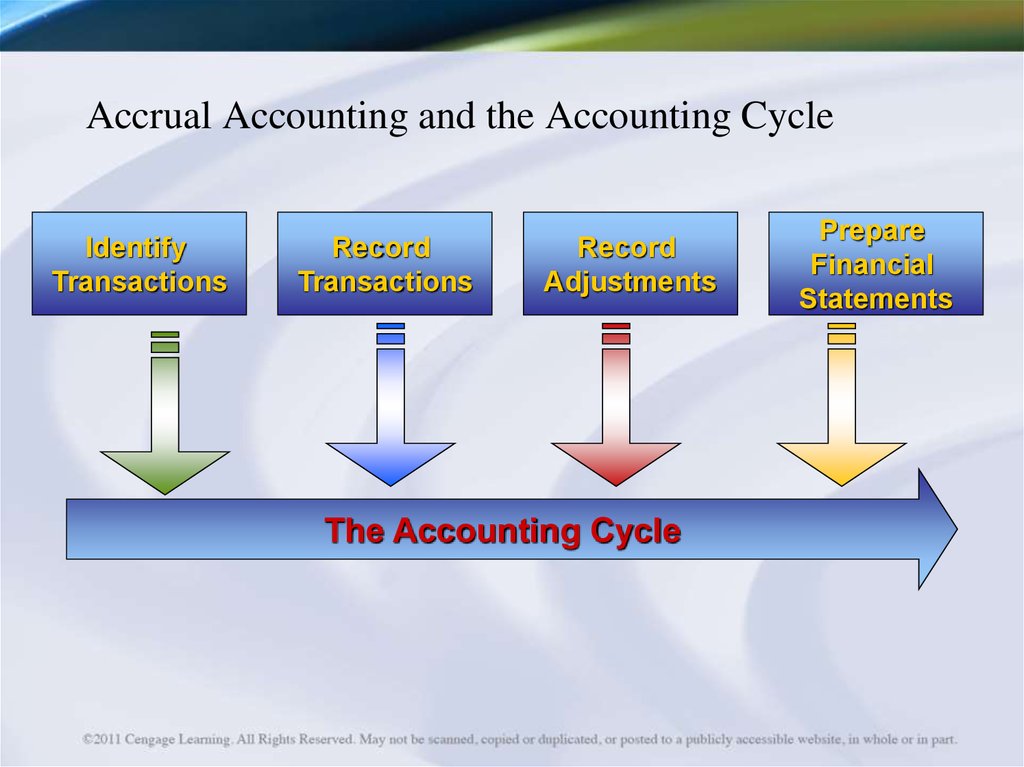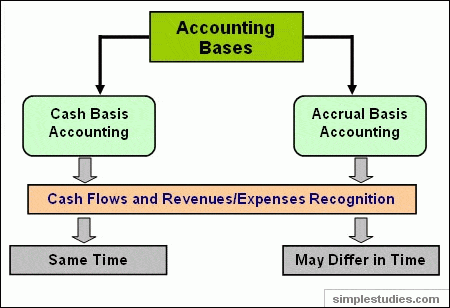

Accrual-Basis Accounting: This approach tracks whenever an action results in earnings or accrues an expense.Cash-Basis Accounting: This method focuses on your business’s cash flow, tracking money that comes in as revenue or goes out as expenses paid.For instance, certain businesses cannot use cash-basis accounting because of the Tax Reform Act of 1986.Ĭhoosing the right accounting method requires understanding their core differences. You will need to determine the best bookkeeping methods and ensure your business model meets government requirements. Yet, depending on your business model, one approach may be preferable.

Ultimately, by following the Matching Principle, companies can ensure that their financial statements accurately reflect their financial position and performance.Cash-basis or accrual-basis accounting are the most common methods for keeping track of revenue and expenses. The Matching Principle applies to all types of expenses, including long-term assets and liabilities, and is important for tax compliance. By matching expenses with the related revenue, companies can accurately assess their profitability and make better decisions. It is based on the accrual accounting method and is essential for accurate financial reporting. To sum up, the Matching Principle is a fundamental accounting concept that ensures expenses are recognized in the same period as the related revenues. For example, if a company uses a building to generate revenue, the cost of the building must be recognized over the useful life of the building and matched with the related revenue.

The cost of the asset or liability must be matched with the related revenue over its useful life. However, even in these cases, the Matching Principle still applies. Similarly, long-term liabilities, such as bonds or loans, are typically recognized over the life of the liability. For example, the cost of a long-term asset, such as a building or a piece of equipment, is typically recognized over the useful life of the asset, rather than in the period in which it was acquired. There are some exceptions to the Matching Principle, particularly when it comes to long-term assets and liabilities. By following the Matching Principle, companies can ensure that they are in compliance with tax laws and avoid penalties or fines. Many tax laws require expenses to be deducted in the same period as the related revenue. The Matching Principle is also important for tax purposes. This information can be used to make strategic decisions about pricing, marketing, and resource allocation. By matching expenses with the related revenue, companies can accurately assess the profitability of specific products, services, or business units.

In addition to ensuring accurate financial reporting, the Matching Principle also helps companies make better decisions. For example, if a company pays an employee in December for work performed in January, the expense should be recognized in January, the period in which the work was performed. The Matching Principle applies to all types of expenses, including cost of goods sold, salaries and wages, rent, utilities, and interest. If expenses were recognized in a different period than the related revenue, the income statement would not accurately reflect the company’s profitability. The usefulness of the Matching Principleīy matching expenses with the related revenue, the Matching Principle ensures that a company’s income statement accurately reflects its profitability in a given period. Similarly, if a company incurs expenses to produce a product in December, those expenses should also be recognized in December, the period in which the revenue was generated. This means that the costs associated with generating revenue should be recognized in the same period as the revenue itself.įor example, if a company sells a product in December but does not receive payment until January, the revenue should be recognized in December, the period in which it was earned. To accurately reflect a company’s financial position, expenses must be matched with the income they generate. The Principle recognizes that revenue and expenses are interdependent. This contrasts with cash accounting, which records transactions only when the cash is received or paid. Under accrual accounting, revenues and expenses are recognized when they are earned or incurred, not necessarily when the cash changes hands. The principle is based on the accrual accounting method, which records transactions when they occur, not when the cash is received or paid. It is one of the guiding principles of accounting and is essential for accurate financial reporting. The Matching Principle is a fundamental accounting concept that aims to ensure that expenses are recognized in the same period as the related revenues.


 0 kommentar(er)
0 kommentar(er)
